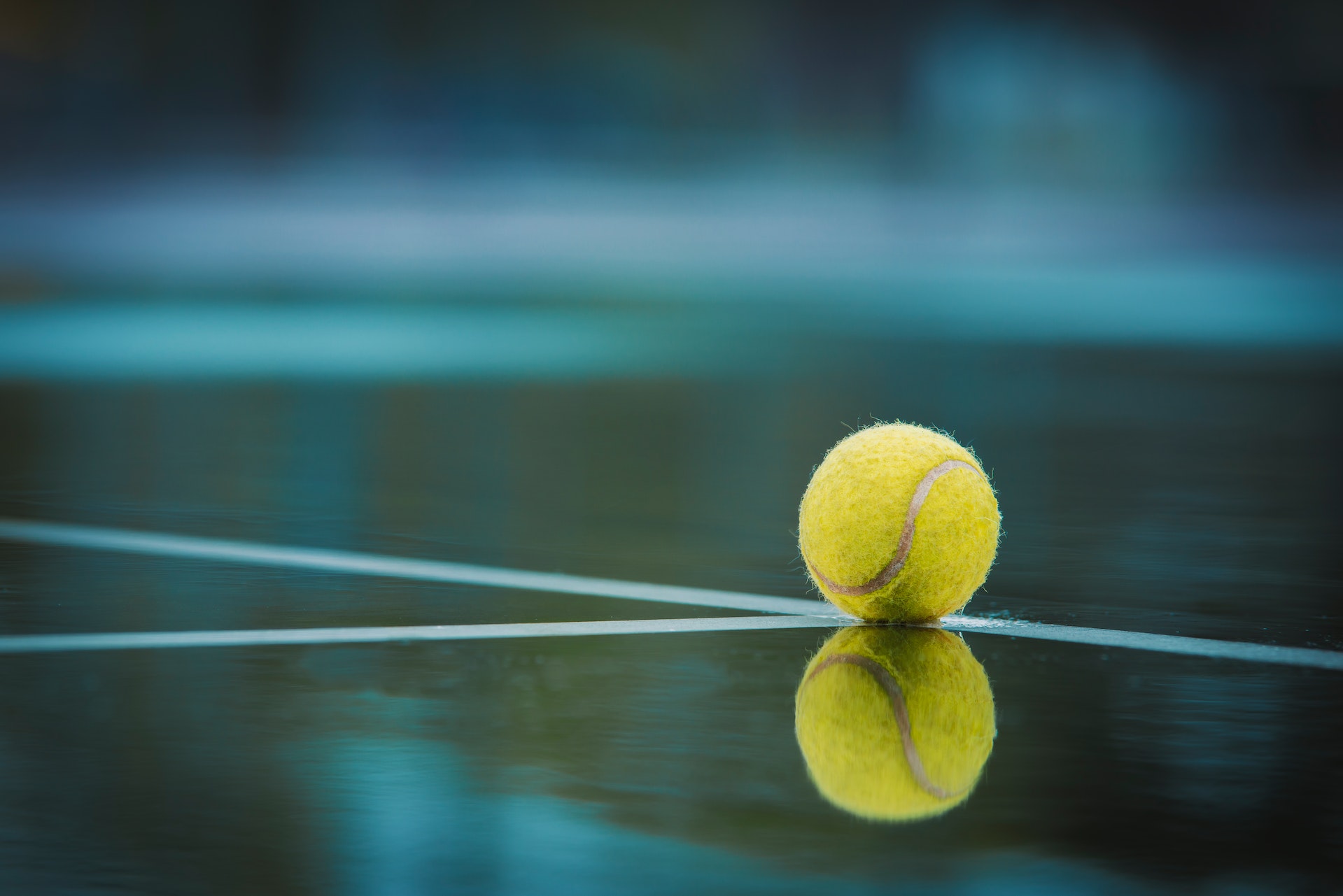
Spanish forehands are typified by acceleration and topspin.
The model for building this type of forehand is clearly different than in other systems.
For example, a student of mine was training with a Czech coach who told him his forehand had to much spin and was too “wristy”. He advised my player to firm up his wrist and flatten the ball out for depth. I see this philosophical divide all the time: some coaches value heavy spin and a looser wrist, elbow and shoulder while others prefer a flatter power drive. I think it’s a very curious debate. Which do you prefer?
In Spain there is an obsession with making the ball “run” or adding “the effect” to the ball–which means topspin. In the US and many Eastern European countries the obsession is more about flat drives. I’m generalizing, but I think this is a fair statement. To make the ball run, the player must learn to loosen the wrist/elbow/shoulder complex to create more whip as opposed to firming up the arm and wrist for flatter power drives.
I always prefer to encourage my students to develop a good topspin–if they can–and I value topspin. I believe the game is moving towards more topspin in general, not less. Look at tennis over the last 30 years and players have trended clearly towards producing more topspin–not less. So I prefer to try and develop the forehand like Rafa or Jack Sock, who has a wonderful and atypical American heavy RPM forehand.
One of my favorite devices for helping players develop good topspin is the Airzone product from Oncourt Offcourt. I don’t use too many teaching adjuncts on the court but the Airzone has been invaluable–and I use it all the time! You can set up the net or bungee cord high across the net and use it as a visual aid for developing height and topspin. It is also excellent for helping players learn shape and topspin on the kick serve.

Airzone System for Tennis Training Air Target for Tennis Training from Oncourt Offcourt
When developing topspin, one caveat is that many students are just not explosive enough with the fast twitch muscles in their arm to create world class RPM, sufficient MPH, and most importantly depth. Indeed this is one of the criticisms from flat ball striking coaches: that the spin causes the ball to be short too often. It’s a valid criticism.
For example, many girls and boys are simply not powerful enough to produce he necessary forces to create RPM and MPH and depth at a world class level. In these instances, certainly the firmer arm and flatter ball technical style will be a better fit for those individuals. Coaches should teach the forehand in a player centered way, not just based on the way they were taught or due to some bias.
But if I have a kid in front of me with a live arm, I’m going to develop the Spanish forehand, with heavy RPM, big MPH, and depth–the three ingredients that make a modern, leathal forehand weapon. I think it’s the forehand of the future.
Which forehand style do you think is “right?”






